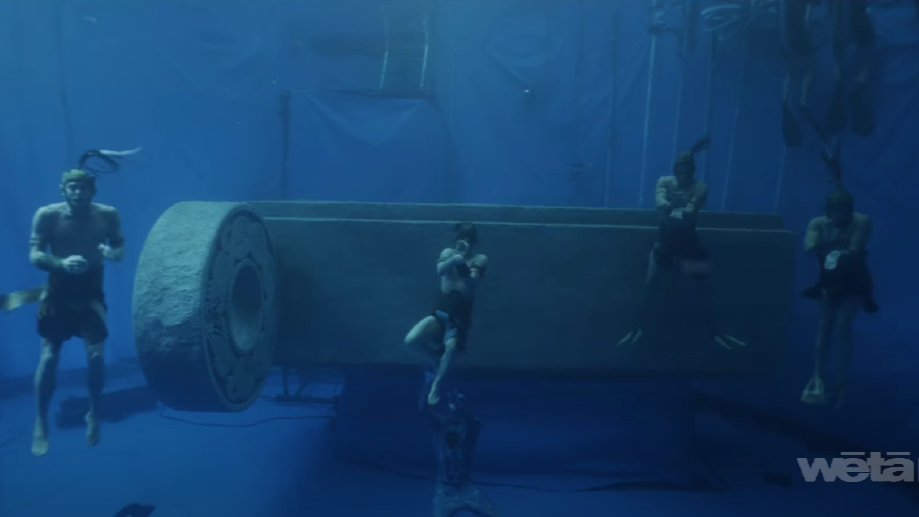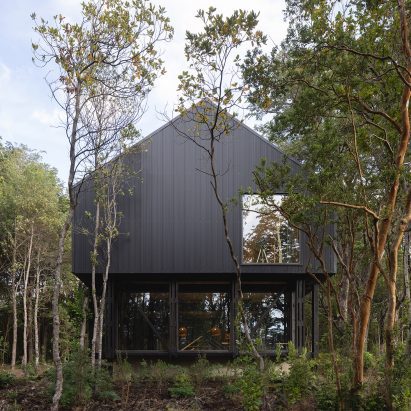THECONVERSATION.COM
Alliance between Meta and Trump is likely to create informational, economic, and geopolitical conflicts around the world
Auteur Gilberto Scofield Jr. Doutorando do Programa de Ps-Graduao em Mdia e Cotidiano (PPGMC), Universidade Federal Fluminense (UFF) Dclaration dintrtsGilberto Scofield Jr. ne travaille pas, ne conseille pas, ne possde pas de parts, ne reoit pas de fonds d'une organisation qui pourrait tirer profit de cet article, et n'a dclar aucune autre affiliation que son organisme de recherche.PartenairesVoir les partenaires de TheConversation FranceLanguesEnglishPortugueseMetas founder, Mark Zuckerberg, announced on Tuesday 7 a series of changes to the content moderation actions on his platforms Facebook, Instagram and Threads, eliminating fact-checkers, slowing down the processes of taking down potentially damaging content from the social fabric and reducing/reallocating his own moderation teams - all in the name of freedom of expression.Despite the noble tone, many who studies the very current phenomena of threats to the integrity and ethics of information, social datification, the platformisation of the economy, surveillance capitalism and data colonialism were appalled.Zuckerberg didnt just list measures to loosen content controls on his networks. As with Elon Musks X platform, the entrepreneur announced the adoption, instead of checking, of so-called community notes, a feature that allows network users to make assessments and add points of view - opinions based or not on evidence - about content in disinformative terms.But the similarity with Musk doesnt end there. Zuckerberg has announced an alliance with Donald Trumps yet-to-be sworn-in government in an imaginary crusade against censorship of freedom of expression inside and outside the US. Taking into account what is known about Trump and Musks way of acting digitally, it would be better to say a crusade in defence of disinformation and the social chaos and polarisation caused in large part by the contamination of public debate by disinformation, hate speech and the far right. These are tactics that benefit the two billionaires politically and economically, as well as in gaining and maintaining power.() we will work with President Trump to resist governments around the world that are persecuting American companies and pushing for more censorship. The US has the worlds strongest constitutional protections for freedom of expression. Europe has an increasing number of laws institutionalising censorship and hampering innovation. Latin American countries have secret courts that can quietly order companies to remove content. China has censored our apps, preventing them from working in the country. The only way to resist this global trend is with the support of the US government, Zuckerberg said in his statement.By saying that it will reinforce so-called civic content peoples opinions Meta effectively aligns its platforms with Trumpism, surrendering to the narrative defended by Trump and Musk, a kind of billionaire post-truth dystopia that values personal opinion more than individual or collective rights.The announcement thus creates a number of fronts for potential international conflicts:Integrity of informationBy abandoning fact-checking and adopting readers opinions as the beacon of truth in its ecosystems, Meta joins X in the disservice of giving volume and speed to disinformation and extreme and hateful discourse. The decision affects billions of users around the (unregulated) world who today avoid journalism and inform themselves and make decisions based on networks, according to the Reuters/Oxford Digital News Report. And its financially suffocating the fact-checking companies that now have Facebook as an important client.With the excuse that fact-checkers have been too politically biased and have destroyed more trust than they have created, especially in the US (which is not true, according to studies carried out on the role of fact-checking), Zuckerberg creates the ideal environment for the accelerated propagation of any emotionally appealing content that generates engagement and sharing, the exact environment where disinformation is reproduced.Whoever is better at manipulating emotions and world perception tends to win the war, even if its devoid of truth. Whats more, the increased engagement helps Facebook itself, which loses audience year on year.Geopolitical Joo Brant, the Secretary of Digital Policies of the Secretariat of Communication of the Presidency of the Republic, was the one who made the best and quickest analysis of this risk. He said on his Instagram profile: Meta will act politically at the international level in conjunction with the Trump government to combat policies in Europe, Brazil and other countries that seek to balance rights in the online environment. The statement is explicit, signals that the company does not accept the sovereignty of countries over the functioning of the digital environment and sounds like an anticipation of actions that will be taken by the new administration in the US. By guaranteeing this type of international action - which will be associated with the interests of far-right groups and the religious moral conservatism of the countries themselves - Trump is guaranteeing a voice, strengthening and easy expansion of these groups on a global scale.EconomicThe defence of the interests of the Meta and X platforms perceived in these alliances is also the defence of the interests of the American oligopoly that today controls the extraction, prediction and sale of data from a large part of humanity - the companies Alphabet (owner of Google and YouTube), Meta (Facebook, Instagram, WhatsApp and Threads), Apple, Amazon and Microsoft, the so-called Big Techs (China also has its own: Baidu, Alibaba, Tencent and Xiaomi. But without the American imperialist pretensions of this size, at least for the time being). An alliance to use the technology of American platforms with possible political/economic pressure from the US government is a powerful way of maintaining the state of data colonialism of the North over the South, including hindering the development of local innovations, especially in Artificial Intelligence, the great innovation tool among the most developed countries.All these fronts of conflict are potentially a threat to the social, political and economic stability of countries whose leaders and politicians have not yet taken the defence of democracy as their primary banner. There is a huge destabilising potential in Metas decision, in many ways, and Brazil has the chance to shield itself, via platform regulation (including from the point of view of competition), from billionaires or reactionaries who use social networks to gain and maintain power via manipulation and disinformation of society. As Joo Brant says: The announcement only reinforces the relevance of the actions underway in Europe, Brazil and Australia, involving the three branches of government. And it amplifies the centrality of the international efforts made at the UN, UNESCO, the G-20 and the OECD to reinforce the agenda of promoting information integrity.Cet article a t initialement publi en portugais









